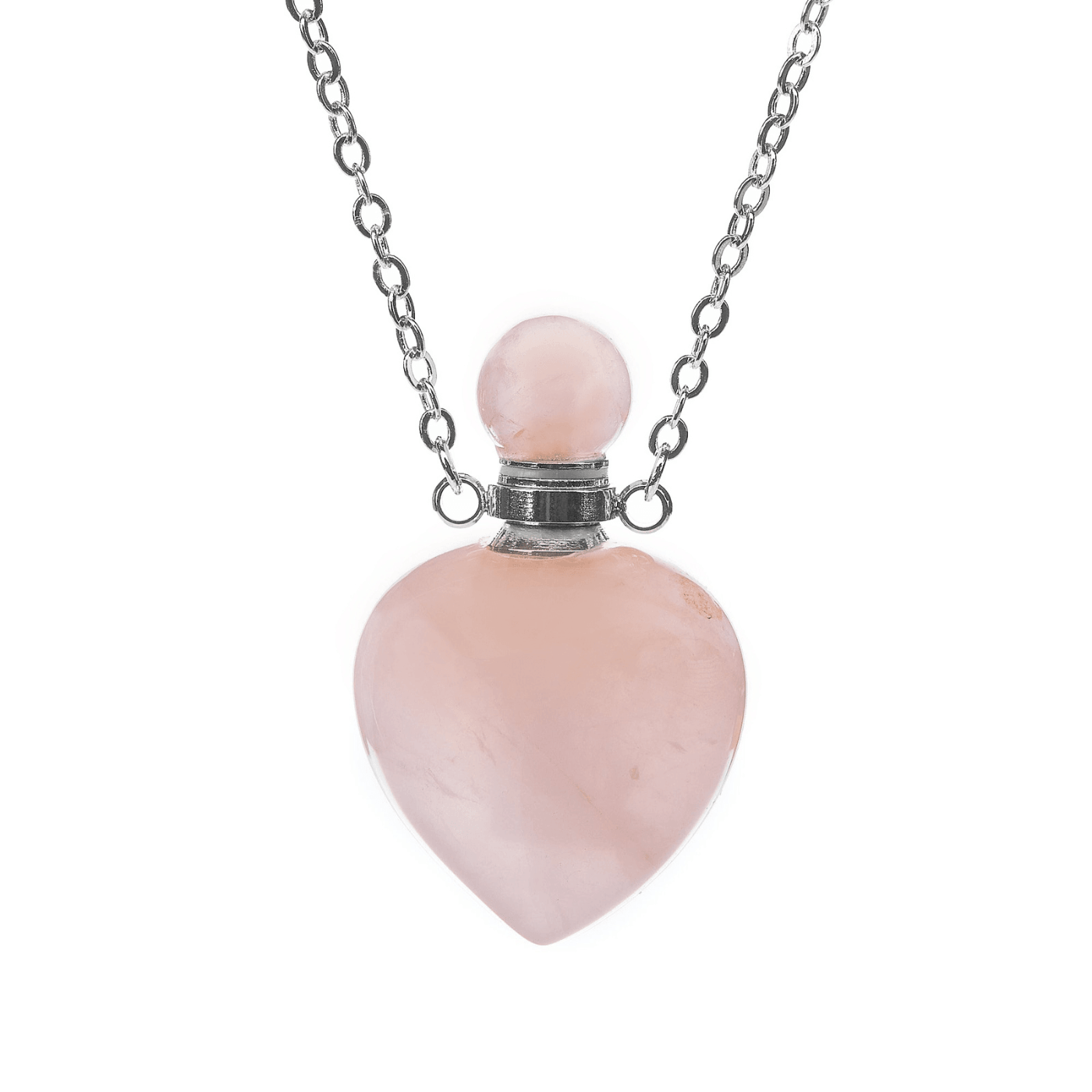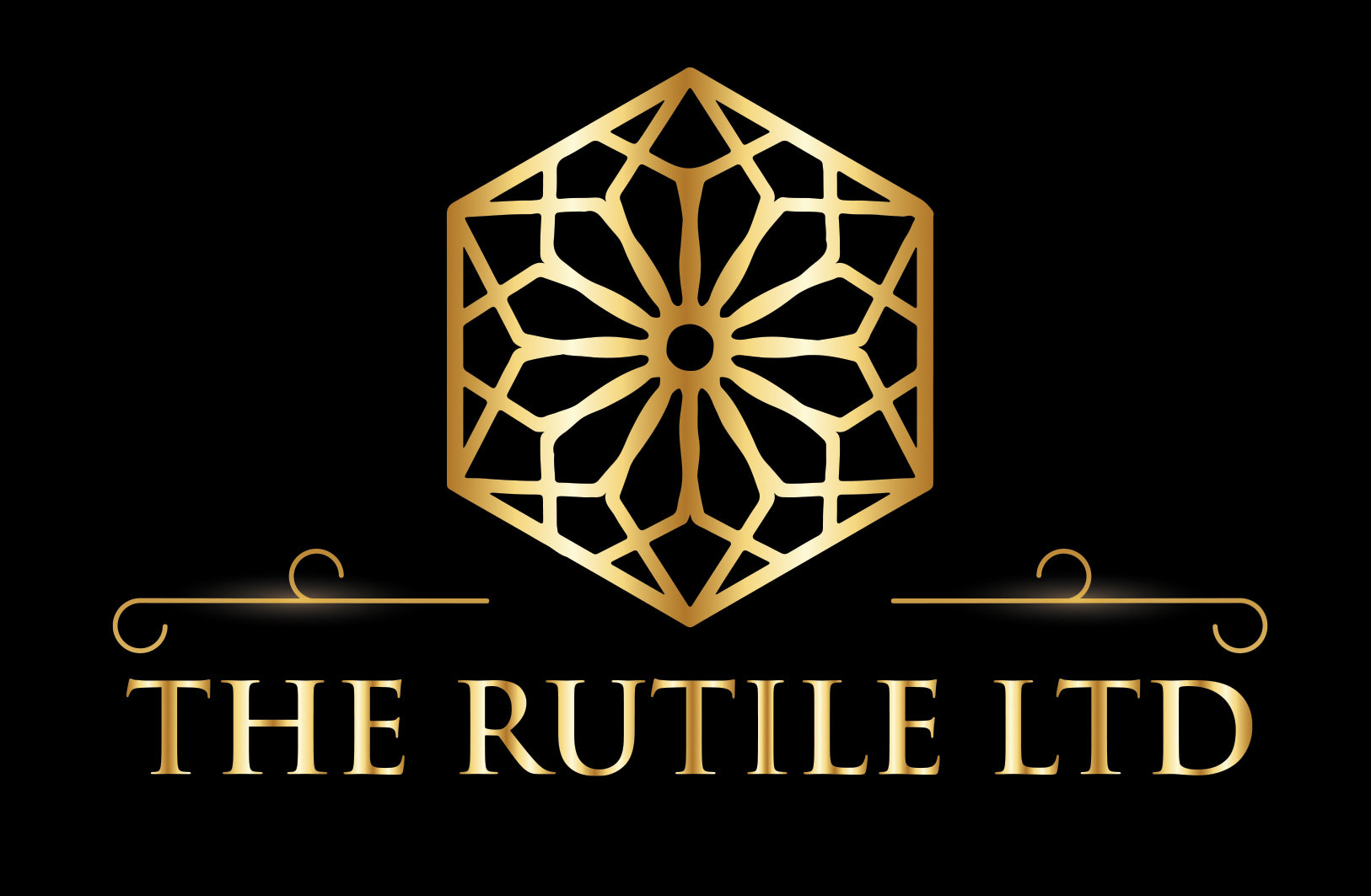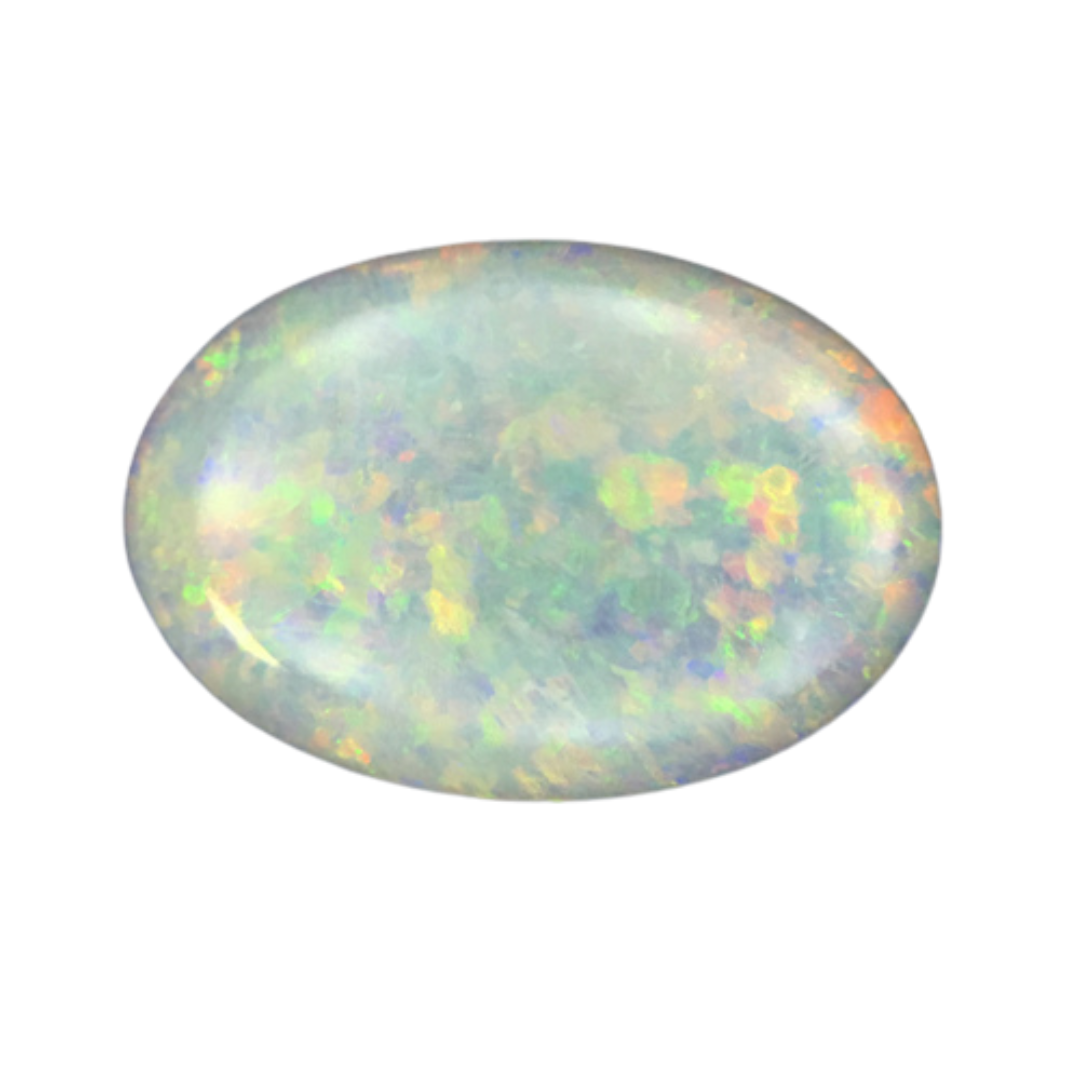Peridot
Love, Abundance, Prosperity, Strength, Warmth, Positivity, Physical Alignment, Receptivity

Peridot is a magnesium iron silicate gem variety of the mineral Olivine. Olivine is a group of rock-forming minerals found in mafic/ultramafic rocks (iron-rich). Olivine crystals with vivid color and clarity will go on to be cut and sold as Peridot. Peridot can be found in igneous or metamorphic rocks, but because of its susceptibility to weathering, it is often not found in sedimentary environments. It is sometimes formed during the metamorphism of dolomitic limestone to marble, and can often be found in association with serpentine as serpentine is the result of the metamorphism of Olivine. Peridot can also be found in igneous Basalt flows, where its very high crystallization temperature and density have played an important role in the placement of the crystals at the bottom of the magma chamber after crystallization and cooling have occurred. Peridot has also been found amongst a large number of iron-rich meteorites and pallasites. Peridot derives its deep olive-green color from the presence of iron in its atomic structure. The most sought-after colors of Peridot are bright lime green to dark olive green. Peridot has been gathered and mined for thousands of years dating as far back as 3,000 years ago to the Island of Zagbargad, which the island’s name derives from the Arabic word for Olivine. Egyptians, Greeks, and Romans all used Peridot as a popular gemstone for jewelry and it still holds a prominent place in the jewelry world today. Important worldly Peridot sources include Pakistan, Myanmar, Australia, Brazil, South Africa, and the United States.

Metaphysical
Peridot’s deep green color vibrates at the same frequency as that of Universal Love. Peridot allows for the body and mind to remain open and receptive to Universal healing frequencies by removing blockages to receiving. Peridot helps with physical alignment, quieting any sort of spiritual fears or self-worth issues. Peridot is a gemstone of abundance and prosperity and can be used to bring in new wealth and health to the wearer. Peridot attunes one to Nature and anything revolving around the Earth and can be beneficial to people who feel not at home in their body or environment. Peridot’s bright green hues are special and have been viewed as the symbol of the sun since ancient times. It can bring joy to this physical existence as well as an increase in well-being. It can be physically beneficial and strengthen the heart and blood. Peridot is psychologically uplifting and physically grounding. It has been worn as a protection against evil spirits and to stimulate self-confidence. Peridot realigns us with our self-worth and can be beneficial to those who feel a little lost. Peridot activates the third and fourth chakras, promoting a love for self and a love for all, allowing us to feel wholesome and purposeful in our Earthly existence. A magical gemstone whose tumultuous journey inside the Earth represents its pure strength. Peridot will bring happiness in a realistic, grounded sense and prosperity and abundance in Earthly endeavors.
CHAKRA
- 3rd - Solar Plexus - Manipura
- 4th - Heart - Anahata
ELEMENT
- Earth
PARTNER STONES
Moldavite, Tsavorite Garnet, African Green Garnet, Rose Quartz, Ruby, Phenacite, Emerald, Black Tourmaline, Serpentine, Moss Agate

Science Stuff
• Chemical Formula: (Mg,Fe)2SiO4
• Color: Olive Green to Bright Green
• Hardness: 6.5-7
• Crystal Habit: Orthorhombic
• Refractive Index: 1.650-1.703
• Specific Gravity: 3.27-3.37
• Optic Character: Biaxial (+/-)
• Transparency: Transparent to Translucent
• Double Refraction: .036-.038
• Luster: Vitreous
• Fracture: Conchoidal
• Cleavage: Poor to Brittle
• Mineral Class: Silicates
Blog Resources
“Peridot”, Simmons, Robert, et al. The Book of Stones: Who They Are and What They Teach, North Atlantic Books, 2015.
“Olivine”, Hobart M. King, <https://geology.com/minerals/olivine.shtml>
Read more

Rose Quartz is the commonly occurring pink variety of the mineral Quartz. Rose Quartz is abundant throughout the world often found in massive form lacking crystal faces or in clusters of small pris...
Read more
